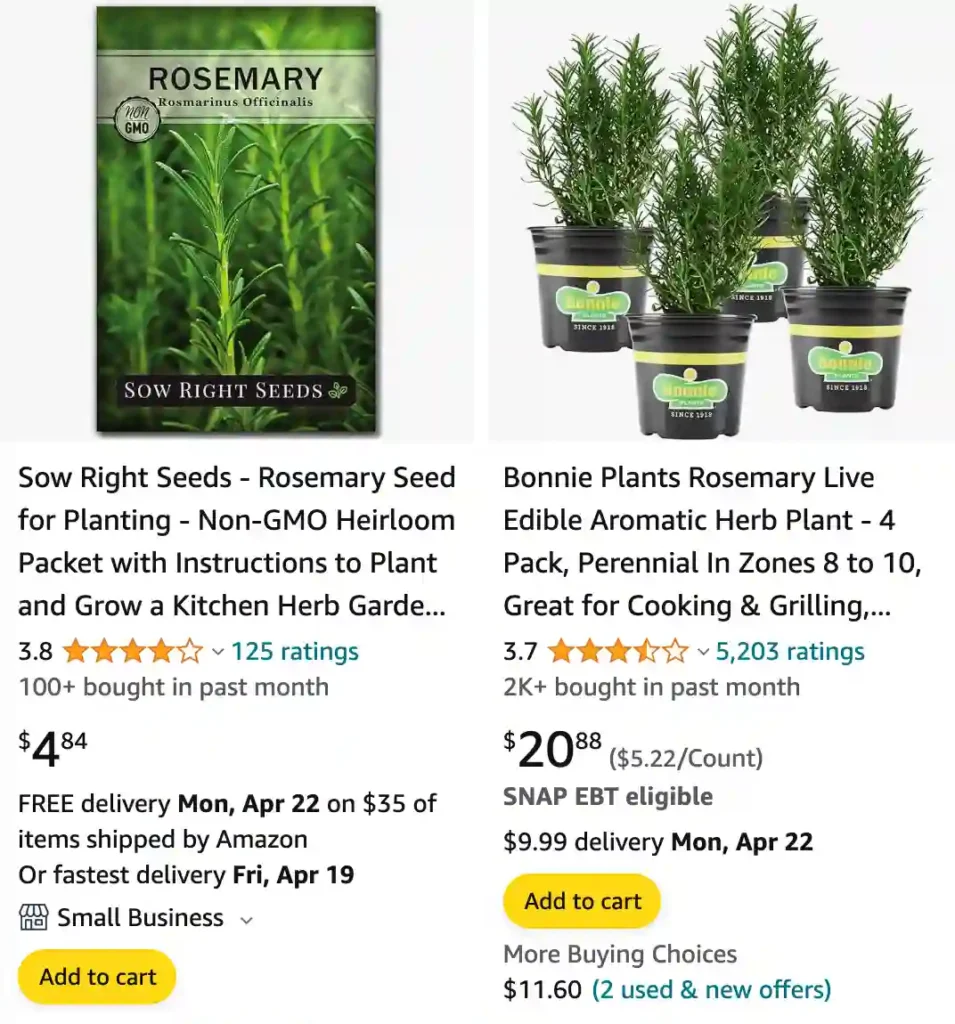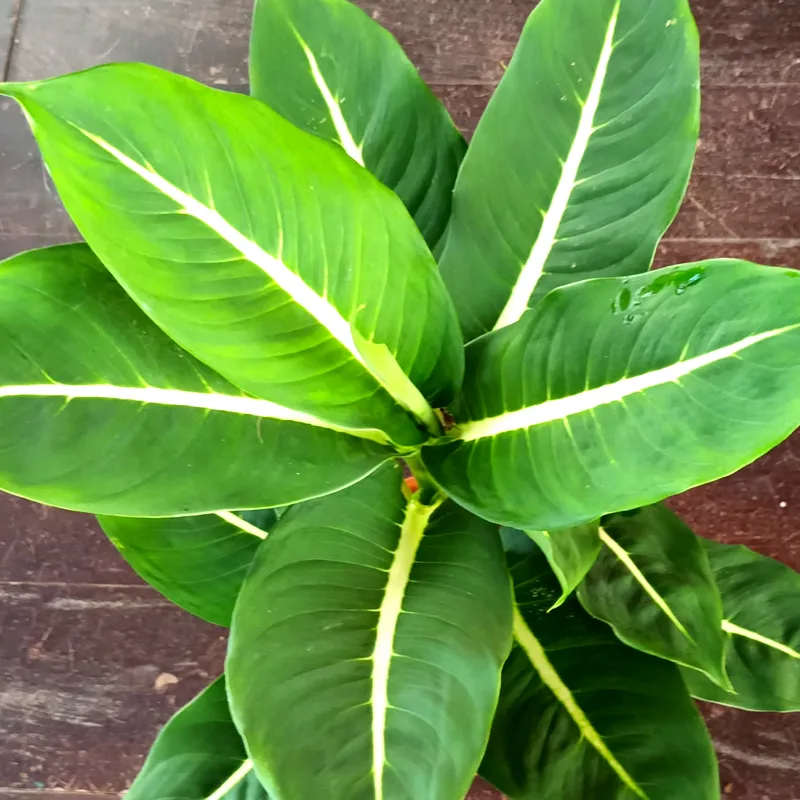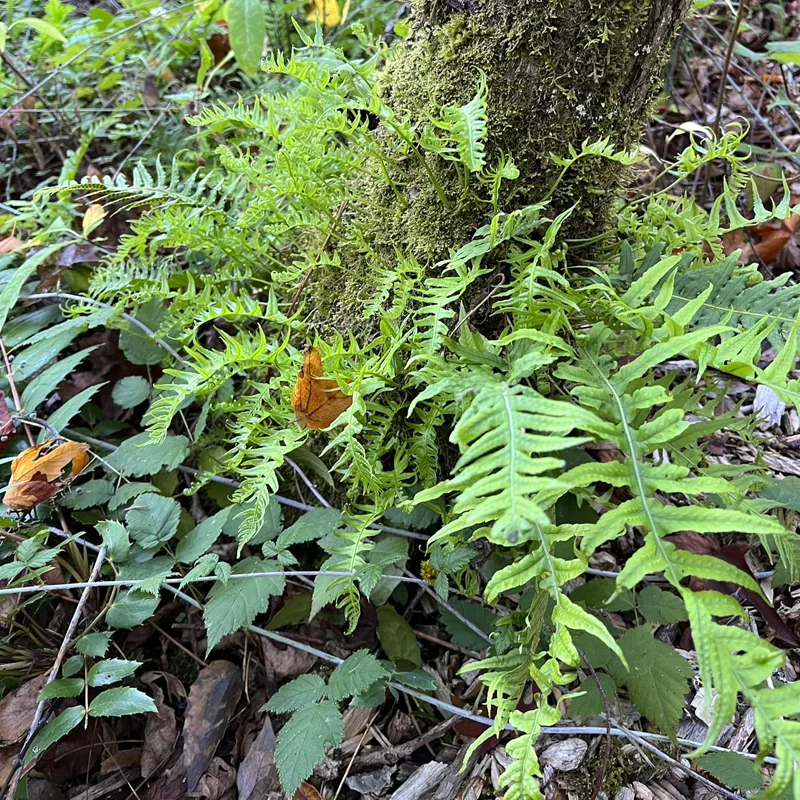
Rosemary: My Journey with Salvia Rosmarinus
Rosemary (Salvia Rosmarinus) has always held a special place in my gardening adventures. Its aromatic presence and multifaceted uses make it a star in any garden. Over the years, my journey with this versatile herb has been as enriching as the plant itself.
1050 Species in Genus Salvia
A Versatile Performer
One of the first things that drew me to rosemary was its resilience. Rosemary thrives in Mediterranean-like climates, preferring well-drained soil and plenty of sunlight. Its ability to withstand drought and less-than-ideal conditions makes it a low-maintenance gem. I’ve seen it flourish in pots on patios and sprawling landscapes, adapting effortlessly to various settings.
When I planted my first rosemary bush, I chose the upright variety because of its classic look. Its needle-like leaves, with their silvery-green hue, create a striking contrast in any garden. Over time, I added trailing varieties like ‘Prostratus’ for ground cover and cascading edges. Each type brought its unique charm, adding depth to my garden’s aesthetic.
Culinary Marvel and Beyond
Rosemary isn’t just a visual delight—it’s a culinary powerhouse. I remember my first harvest; the aroma was intoxicating. Fresh sprigs of rosemary quickly became a staple in my kitchen. From seasoning roasted vegetables and meats to infusing olive oil, its robust, piney flavor elevates dishes.
But rosemary’s utility doesn’t stop at cooking. I’ve used it to create homemade herb sachets and infused vinegar. It even found a place in my homemade skincare routine, where its natural oils add a refreshing fragrance to lotions and balms.
Health and Wellness Benefits
Salvia Rosmarinus is more than just a culinary delight; it’s a natural remedy. Known for its antioxidant and anti-inflammatory properties, rosemary has been a go-to for promoting health in my household. Drinking rosemary tea became a ritual for me, especially during colder months. Its soothing qualities helped ease stress and boost my focus.
I’ve also experimented with rosemary essential oil. A few drops mixed with a carrier oil have proven excellent for scalp massages, promoting healthy hair growth. Its invigorating scent has also made it a favorite in my diffuser, filling my home with its uplifting aroma.
A Wildlife Haven
One of the unexpected joys of growing rosemary has been its role in supporting wildlife. The plant’s small, blue-purple flowers attract bees and butterflies, turning my garden into a buzzing ecosystem. Watching these pollinators thrive around my rosemary bushes brings a sense of harmony and connection to nature.
Cultivation Tips from My Experience
Growing rosemary has taught me a few valuable lessons. Here are some tips I’ve picked up along the way:
- Sunlight is Key: Rosemary loves full sun. I make sure it gets at least six hours of direct sunlight daily.
- Well-Draining Soil: Avoid waterlogged soil. I use a sandy or loamy mix for optimal growth.
- Prune Regularly: Trimming rosemary keeps it bushy and prevents it from becoming too woody.
- Winter Care: If you live in colder climates, consider growing rosemary in pots so you can bring it indoors during frosts.
Rosemary’s Symbolism and Heritage
Rosemary carries a rich cultural heritage. Historically, it symbolizes remembrance, love, and loyalty. In ancient times, it was used in weddings and funerals, representing continuity and memory. This historical significance resonates with me, adding an emotional connection to this hardy herb.
FAQs
Does rosemary oil grow hair?
Using rosemary oil to grow hair felt like a game-changer for me, as after a few months of consistent application, I noticed a fuller and healthier scalp.
Is rosemary safe for dogs? Can dogs eat rosemary?
I’ve found rosemary to be generally safe for my dog; I sprinkle a small amount on her food occasionally, and she seems to enjoy it without any adverse reactions.
Is rosemary safe for cats?
While I don’t have cats, my friend’s feline stays clear of her rosemary plants, suggesting it’s not appealing to them but harmless if they encounter it.
How to grow rosemary?
Growing rosemary in my garden has been quite rewarding; it’s a hardy plant that thrives in well-drained soil with plenty of sunlight.
How to make rosemary water?
Making rosemary water has become a weekly ritual for me, involving steeping fresh rosemary sprigs in boiling water, resulting in a fragrant, versatile liquid I use for hair rinses and cooking.
How to dry rosemary?
Drying rosemary is straightforward in my experience; I tie the stems together and hang them upside down in a cool, dry place until they’re brittle and ready to be stored.
How to propagate rosemary?
Propagating rosemary from cuttings has been a fun and gratifying process; snipping a healthy stem, dipping it in rooting hormone, and planting it in a pot has yielded several new plants.
Is rosemary a perennial?
As a perennial, my rosemary plant continues to thrive year after year, requiring minimal maintenance once established.
How to harvest rosemary?
Harvesting rosemary is a simple pleasure; I snip the sprigs as needed, ensuring to leave enough growth so the plant remains healthy and productive.
What does rosemary taste like?
How to grow rosemary from cuttings?
Growing rosemary from cuttings has been successful for me by ensuring the cuttings are from healthy, non-flowering shoots, and planting them in a sandy soil mix.
How to make rosemary tea?
Rosemary tea is a comforting beverage I often brew, combining a few fresh sprigs with hot water for a soothing, aromatic drink that helps with digestion.
How often to water rosemary?
Watering my rosemary plant has become a delicate balance; I’ve found that a thorough soak once a week during hot spells keeps it happy without waterlogging.
What does rosemary smell like?
The smell of rosemary is unmistakably strong and refreshing, with a woody, slightly peppery aroma that fills my garden when the wind blows.
Can rosemary survive winter?
My rosemary has managed to survive several mild winters; I protect it with mulch and occasionally move it indoors during frosty nights.
Can rabbits eat rosemary?
While I don’t have rabbits, my neighbor’s bunny occasionally nibbles on my rosemary without any noticeable ill effects, suggesting it’s safe for them.
Can you smoke rosemary?
Smoking rosemary is an interesting experience I’ve tried; it adds a unique, herbal flavor to grilled meats and vegetables, enhancing the overall taste.
Is rosemary oil good for skin?
Using rosemary oil on my skin has left it feeling soft and rejuvenated, as its natural antiseptic properties help with minor blemishes and irritations.
What is rosemary tea good for?
Drinking rosemary tea has become a regular habit for me, as it’s not only relaxing but also seems to aid my digestion and overall wellness.
Can chickens eat rosemary?
When I let my chickens roam the garden, they often peck at the rosemary plants, enjoying the fresh, aromatic leaves as a tasty treat.
Rosemary vs Thyme
In my garden, rosemary and thyme both thrive, but I find rosemary’s robust, piney aroma outshines thyme’s subtler, earthy scent, making it my go-to for hearty dishes.
Rosemary vs Lavender
Rosemary’s savory flavor works wonders in my roast dinners, while lavender’s sweet, floral notes are perfect for calming teas, so I use them in distinct dishes depending on the mood I want to set.
Rosemary vs Sage
I’ve found rosemary’s stronger, more resinous taste complements roasted meats better, whereas sage‘s slightly bitter, peppery flavor shines in stuffing and pasta dishes.
Rosemary vs Basil
Rosemary’s bold, woodsy notes are fantastic for grilling, but basil‘s fresh, sweet flavor is unbeatable in my summer salads and Italian recipes, so I use them interchangeably based on the dish.
Rosemary vs Dill
Rosemary’s robust profile is great for winter meals, while dill’s lighter, cucumber-like taste is ideal for fresh salads and fish dishes, so I keep them on hand for different cooking needs.
Rosemary vs Jade
Rosemary’s culinary uses are far superior to jade’s ornamental appeal; jade doesn’t add flavor to my dishes but is a lovely, low-maintenance plant for indoor decor.
Rosemary vs Minoxidil
While rosemary is great for enhancing flavor in my dishes, Minoxidil has been a go-to for my hair regrowth efforts, each serving a very different purpose in my life.
Rosemary vs Oregano
Rosemary’s strong, pine-like flavor is perfect for roasted meats, but oregano’s slightly bitter, warm taste adds a great kick to my tomato sauces and pizza.
Rosemary vs Parsley
Rosemary’s intense flavor is a staple in my roasted dishes, whereas parsley’s fresh, clean taste is my choice for garnishing and adding a burst of color to dishes.
Rosemary vs Rogaine
Rosemary’s aromatic presence is a favorite in my cooking, while Rogaine has been my solution for addressing hair thinning, each serving distinct roles in my daily routine.
Rosemary vs Tarragon
Rosemary’s pungent flavor enhances my grilled meats, whereas tarragon’s subtle anise-like taste is perfect for French cuisine and adding a unique twist to my dishes.
Final Thoughts
For me, rosemary (Salvia Rosmarinus) is more than a plant; it’s a companion. Its beauty, utility, and resilience have made it an indispensable part of my gardening and lifestyle. Whether you’re a seasoned gardener or a beginner, I encourage you to give rosemary a place in your garden. Its rewards are countless, from culinary and wellness benefits to ecological contributions.
Rosemary has been a testament to nature’s generosity in my life. It has enriched my meals, uplifted my spirits, and brought life to my garden. I can’t imagine my gardening journey without this incredible herb. If you haven’t already, let rosemary become a part of yours—it’s a decision you won’t regret.
If i die, water my plants!



